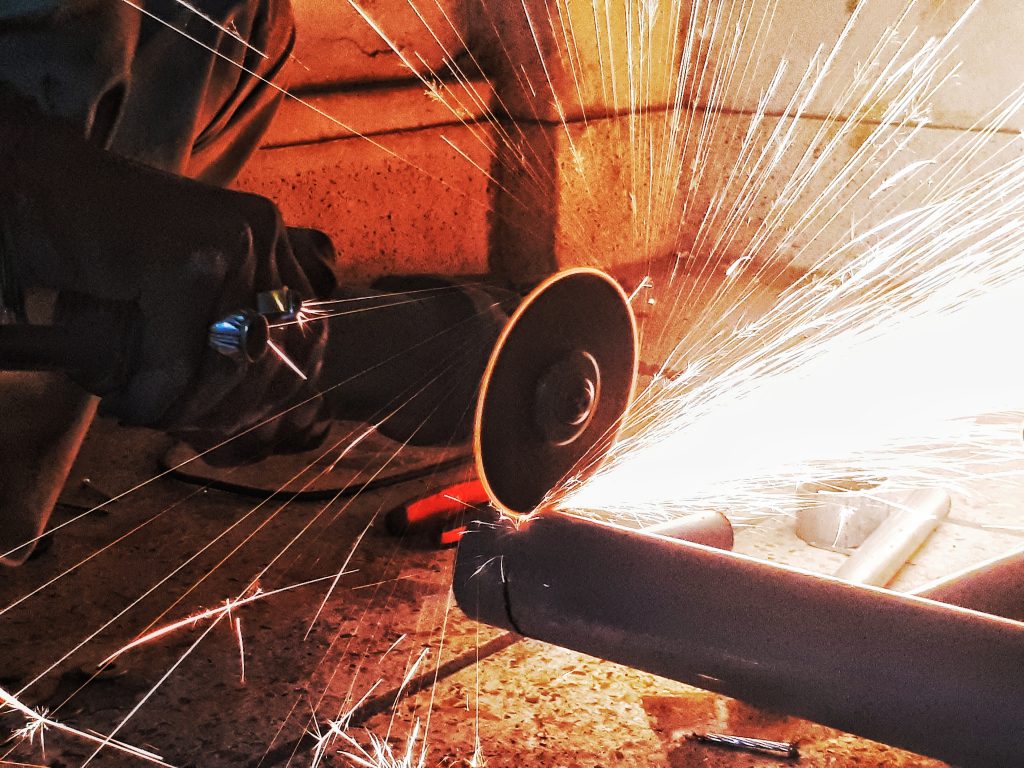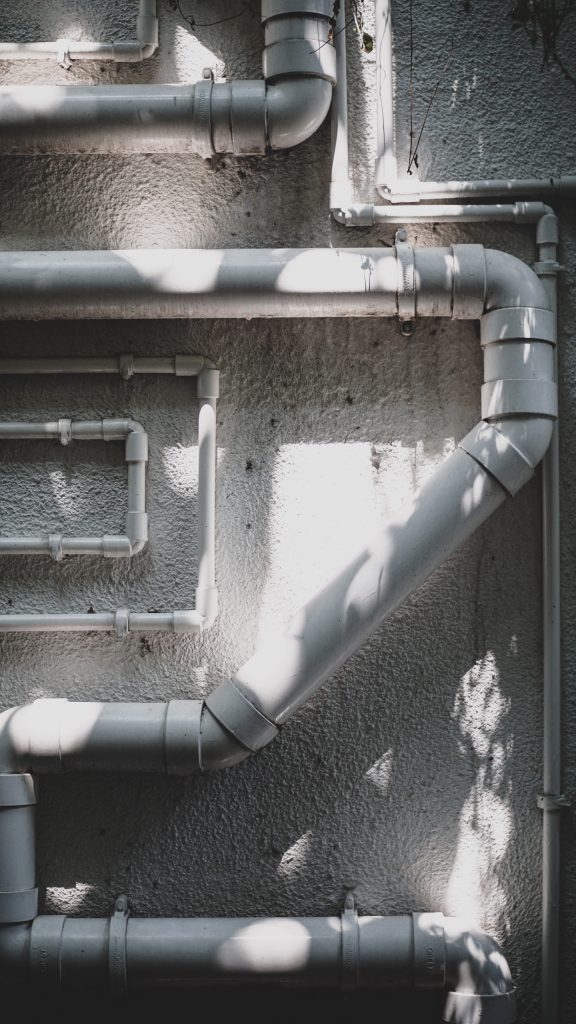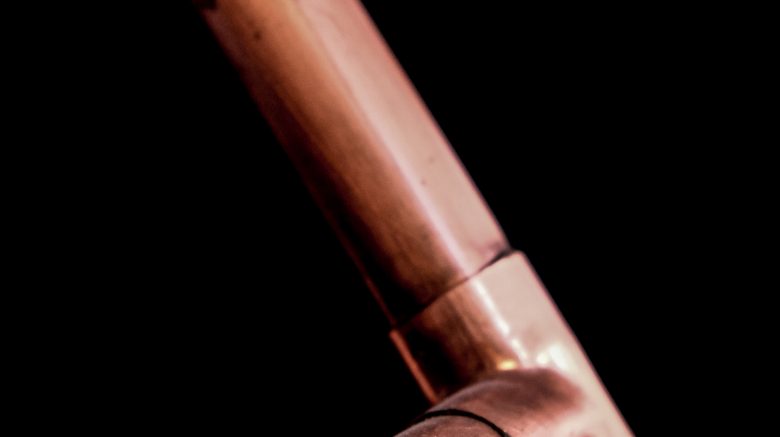Metallurgical bonding of cladding pipe: Metallurgical bonding of the cladding pipe may be accomplished using a variety of techniques such as Weld Overlay, explosive bonding, hot rolling, coextrusion, powder metallurgy, and so on. Clad plates are used as raw materials in the manufacturing process. The fundamental issue with metallurgical bonding, on the other hand, is the high costs associated with a restricted number of suppliers for a manufacturing process that is both sophisticated and demanding, such as metallurgical bonding the plates.

The Weld Overlay Procedure
Weld Overlay is the most extensively utilised metallurgical bonding procedure for pipe cladding malaysia, accounting for over 90% of all applications. A Weld Overlay is sometimes referred to as cladding, weld cladding, hard facing, or weld overlay cladding, depending on the manufacturer. In this technique, one or more metals are linked together by welding them to the surface of a base metal (backing steel) in the form of a layer of metal. Surfaces made using the weld overlay approach may even be greatly personalised by stacking and alloying numerous distinct materials together to create a unique appearance.
The weld overlay procedure is ideal for pipe spools, flanges, and fittings of various diameters, including small and large diameters. The following are the primary advantages that weld overlay pipe cladding provides:
When dealing with complicated requirements, the weld overlay procedure might be used.
When used in severe environment applications, it has a long life and great dependability in terms of corrosion resistance.
Weld overlay is a cost-effective method of providing superior corrosion protection for steel without endangering the design thickness of the steel structure.
Processes of Metallurgical Bonding that are not listed above
To manufacture cladded pipe using explosive bonding, two incompatible materials are joined together with the assistance of the pressure and heat generated by the explosion. cladded pipe Initially, the clad material is placed on top of the base material, and then the explosive material is put on top of it. Immediately after the activation of the explosive device, the resulting force connects the clad plate to the base plate underneath it. There are a variety of combinations of clad plate and base plate thicknesses that may be bonded, depending on the task requirements.

The roll bonded cladding method is often utilised for pipe diameters ranging from 16′′ to 24′′ in diameter. The following are some of the benefits of roll-bonded metallurgical bonding cladding techniques:
When compared to overlay welding, it produces a smoother surface finish.
Roll-bonded clad plates are a more cost-effective alternative to high-alloy solid plates, which are more costly. The mechanical qualities of the base material and the corrosion resistance of the cladding material are combined to provide the best possible result in terms of performance.
When opposed to solid plates, it has smaller wall thicknesses and is more workable due to its greater workability.
When compared to explosive cladding, there is more homogenous bonding and a greater variety of dimensions.
Click here to read more articles like this.

